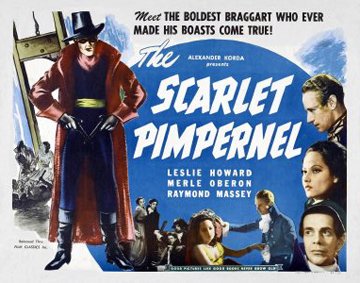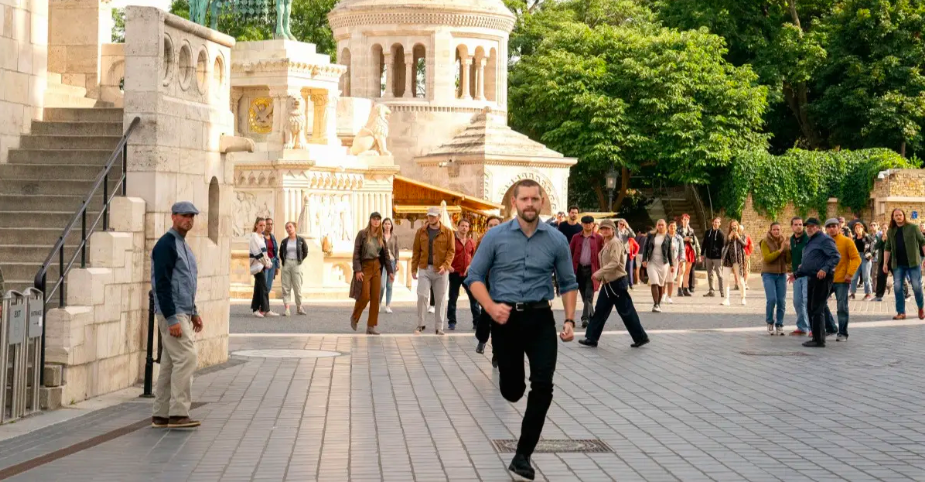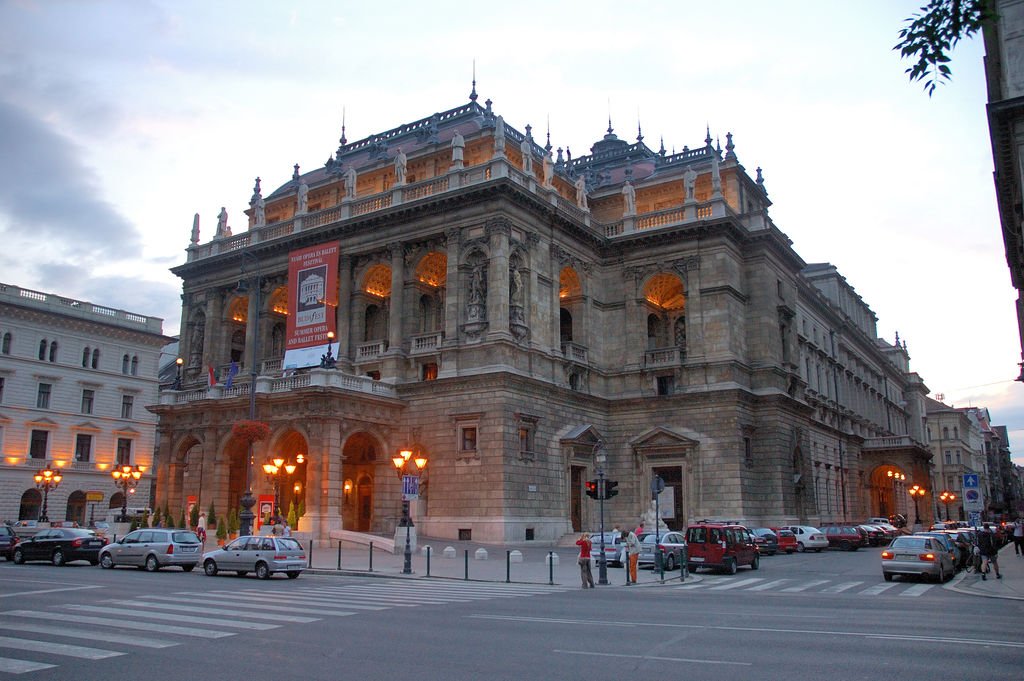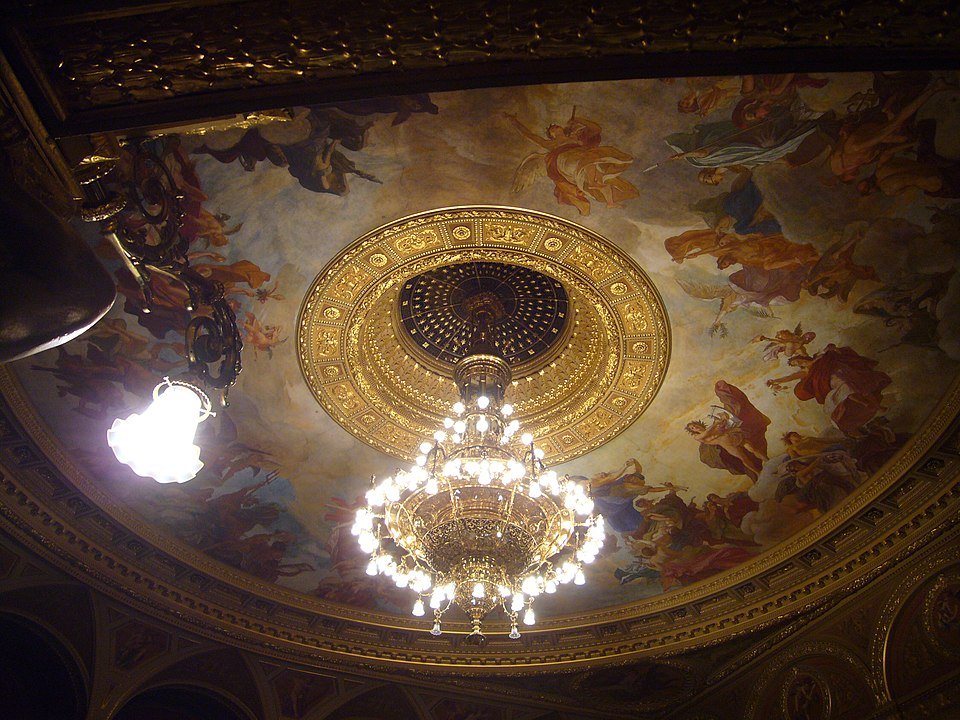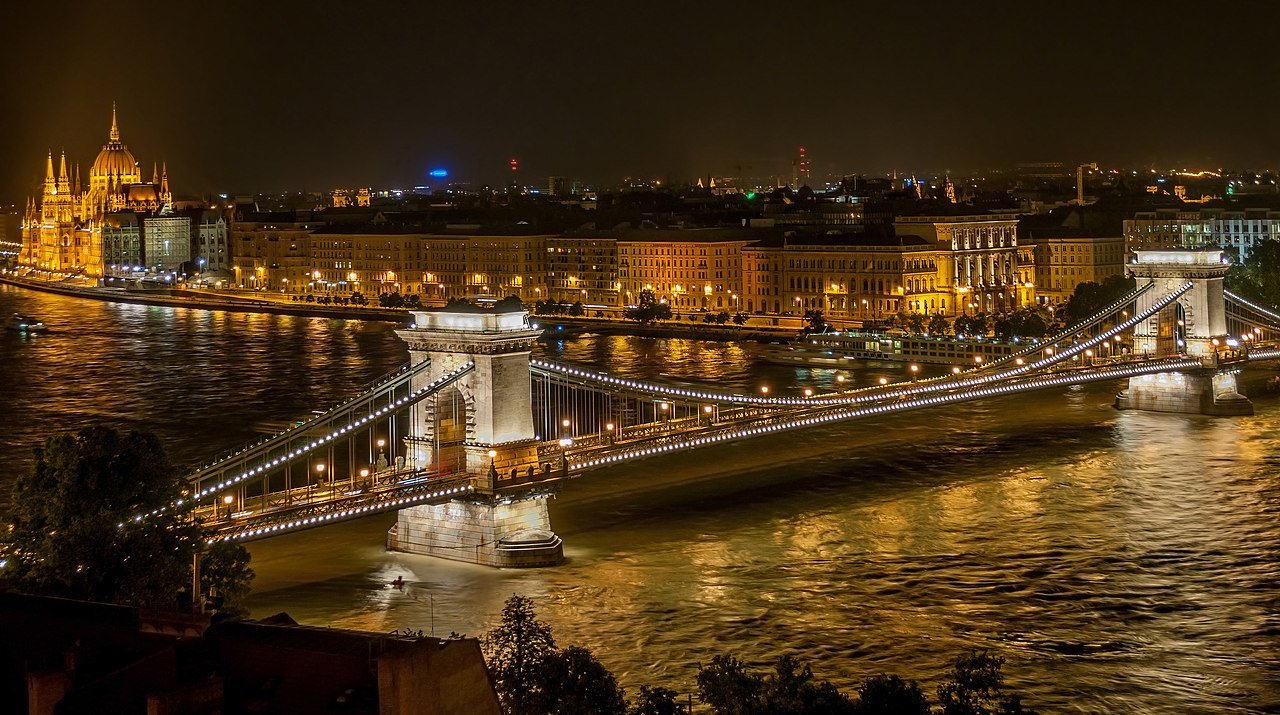"Twilight," the Classic Film of György Fehér to get Broader Audience
zita kisgergely
via Arbelos
György Fehér is perhaps best known for his collaborations with art-house legend Béla Tarr, including production work on such classics as Sátántangó and the Werckmeister Harmonies. Fehér was actually an accomplished director in his own right, but in his lifetime, his films saw little distribution outside of his native Hungary. Real film buffs have always found ways — usually illegal ones — of wrenching such films from the Internet and watching them at home. Luckily, this need not be the case for much longer with Twilight, as Fehér is getting something of a revival, in the form of film restoration and showings in proper theaters.
More specifically, the Film Society At Lincoln Center in New York City will be screening his ‘lost’ classic Twilight, from 1990, in 4K restoration, accomplished by the National Film Institute – Hungarian Film Archive and FilmLab, supervised by Gurbán. The site Indiewire describes the film as such: “After discovering the murdered body of a young girl deep in a mountainous forest, a hardened homicide detective pushes himself to increasingly obsessive ends in his quest to catch the serial killer — known only as “the Giant”—responsible for the crime. A much admired but long unavailable masterpiece by influential Hungarian auteur and regular Béla Tarr collaborator György Fehér, Twilight (Szürkület) is at once an existential murder mystery and an expansive meditation on time and space.”
If you have a look at the trailer below, you can see how like-minded Fehér and Tarr were. Long ponderous shots in austere black and white; minimal dialogue. But Fehér clearly stood on his own two feet, crafting a film that is tense and suspenseful. Such films were made for the big screen, and its New York debut will no doubt prove that. The director was quoted as saying: “I want to show to what extent the search for justice stands in ridiculous contrast to the eternity of nature. Meanwhile, it is precisely this search that I am so fascinated by.”
Whether this month’s New York showing will lead to a full-scale Fehér revival remains to be seen. But seeing how long it’s been since audiences have had a chance to view Twilight on the large screen, this restoration — which was previously shown at the 2023 Berlinale in Berlin — and the attention it is getting can only be a good thing.
Flatpack Films has many years of experience dedicated to offering expert servicing. It has brought the best of Hungary to countless brands, agencies, and production companies through its unique locations, exceptionally skilled crews, top of the line equipment and technical solutions. Backed by an impeccable track record, Flatpack Films has worked with world-class clients including Samsung, Samsonite, Toyota, Braun, Chivas Regal and many more - bringing their projects to life through a highly bespoke approach.





